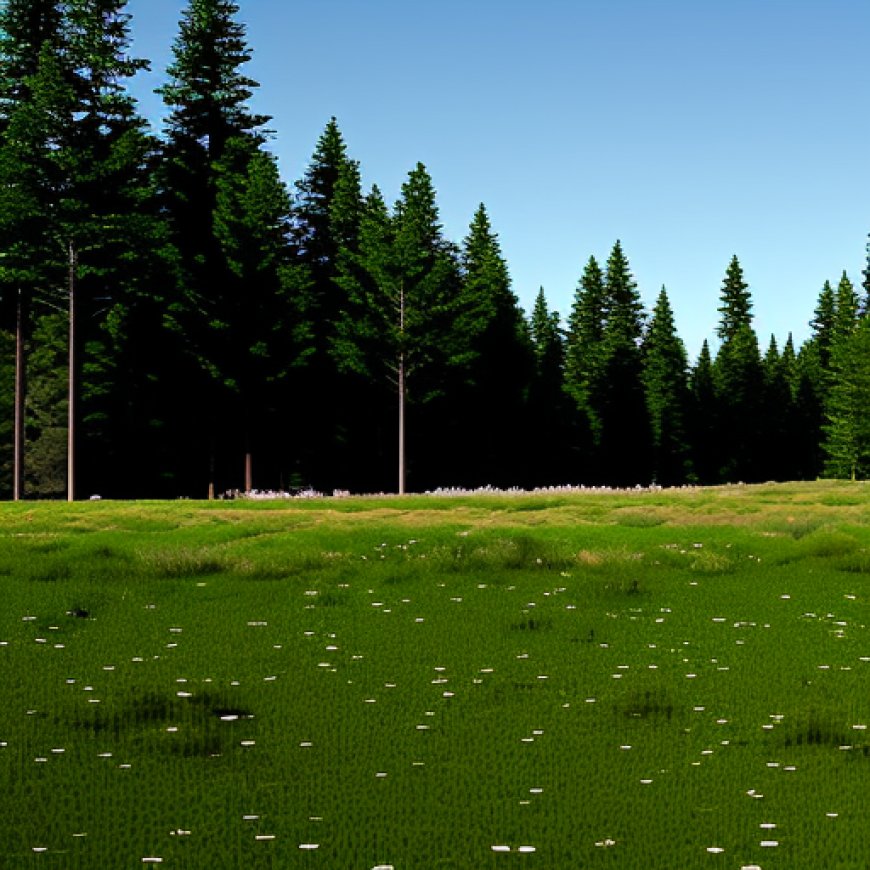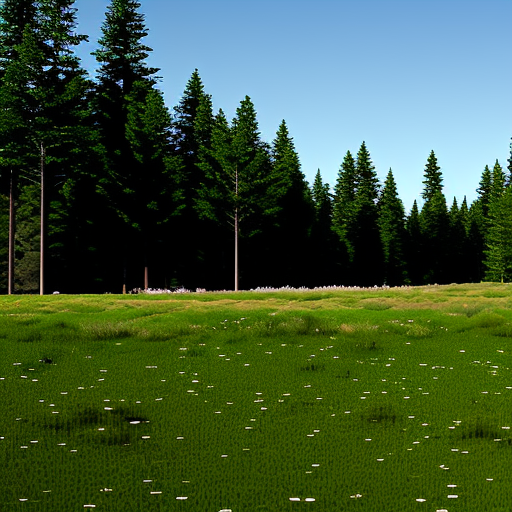The Future McKinleyville Community Forest is Open For Business! CSD Closes Escrow on 599 Acres of Land Above Town
The Future McKinleyville Community Forest is Open For Business! CSD Closes Escrow on 599 Acres of Land Above ... Lost Coast Outpost


McKinleyville Community Forest: A Step Towards Sustainable Development Goals
Introduction
On January 31, 2024, the McKinleyville Community Services District (MCSD), Green Diamond Resource Company (Green Diamond), and the Trust for Public Lands (TPL) announced the close of escrow on 599 acres of timberlands in northwestern Humboldt County, slated to become the McKinleyville Community Forest.
Background
In 2015, Green Diamond and TPL, a national nonprofit organization committed to improving public access to nature, announced plans to seek grant funding for a land sale that would establish a public community forest adjacent to the community of McKinleyville. The MCSD, responsible for providing water, sewer, parks and recreation, and other services to the McKinleyville area, was identified as the entity best suited to own and manage a community forest.
Collaborative Efforts
For nearly a decade, MCSD, TPL, and Green Diamond have worked closely to ensure the success of this project. In 2020, the California Natural Resources Agency’s (CNRA) Recreational Trails & Greenways Grant Program awarded a $3.8 million grant to TPL to acquire a tract of Green Diamond property and transfer ownership and management responsibilities to MCSD.
“TPL is proud of our partnership with MCSD and Green Diamond to help realize the vision of the McKinleyville community to ensure this space is protected from development and enhance the environmental and economic benefits of this land for generations to come,” said Guillermo Rodriguez, Vice President for the Pacific Region for Trust for Public Land.
Environmental Significance
The McKinleyville Community Forest is located within the Widow White Creek and Mill Creek watersheds, which are tributary to the Mad River. The forest primarily comprises second- and third-growth Sitka spruce, redwood, and Douglas fir forest and provides habitat for a variety of plant and wildlife species.
Management Objectives
Much like the Arcata and the McKay Community Forests, the McKinleyville Community Forest will be managed for multiple objectives, including:
- Public recreation
- Timber production
- Water quality
- Wildlife habitat protection
Under the guidance of a forest management plan, MCSD will reinvest income generated by timber harvests back into the forest, offsetting costs of trail, access point, and amenity development and maintenance.
Statements from Stakeholders
“We greatly appreciate the opportunity to establish another community forest in Humboldt County,” said Peter Jackson, Green Diamond’s Vice President and General Manager of California Operations. “After years of teamwork with TPL and MCSD, Green Diamond welcomes the close of this land sale and the beginning of a long-term investment in the wellbeing of the McKinleyville community.”
“The District is deeply grateful for the efforts of CNRA, TPL, and Green Diamond to get us to this point,” said Patrick Kaspari, MCSD General Manager. “We look forward to stewarding this land for the community and all of our children and children’s children.”
Public Access
With the land transfer complete, the McKinleyville Community Forest is officially open to the public, with two designated yet undeveloped access points along Murray Road. Note that the Green Diamond timberlands east of the community forest will remain closed to the public.
Conclusion
“It has taken us nine years to get to this point, but now the real work begins,” stated Kaspari. “We invite the public to enjoy the Community Forest and contact us to help plan and implement the trail improvements, watershed restoration, tree planting, and all the other projects that we will be initiating for this community asset.”
SDGs, Targets, and Indicators
| SDGs | Targets | Indicators |
|---|---|---|
| SDG 15: Life on Land | Target 15.2: Promote the implementation of sustainable management of all types of forests | Indicator not mentioned in the article |
| SDG 6: Clean Water and Sanitation | Target 6.6: Protect and restore water-related ecosystems, including forests, mountains, wetlands, rivers, aquifers, and lakes | Indicator not mentioned in the article |
| SDG 11: Sustainable Cities and Communities | Target 11.4: Strengthen efforts to protect and safeguard the world’s cultural and natural heritage | Indicator not mentioned in the article |
| SDG 12: Responsible Consumption and Production | Target 12.2: By 2030, achieve sustainable management and efficient use of natural resources | Indicator not mentioned in the article |
| SDG 17: Partnerships for the Goals | Target 17.17: Encourage and promote effective public, public-private, and civil society partnerships, building on the experience and resourcing strategies of partnerships | Indicator not mentioned in the article |
1. Which SDGs are addressed or connected to the issues highlighted in the article?
- SDG 15: Life on Land
- SDG 6: Clean Water and Sanitation
- SDG 11: Sustainable Cities and Communities
- SDG 12: Responsible Consumption and Production
- SDG 17: Partnerships for the Goals
The issues highlighted in the article are connected to these SDGs because they involve the establishment of a community forest, which contributes to sustainable management of forests (SDG 15), protection and restoration of water-related ecosystems (SDG 6), and the promotion of sustainable cities and communities (SDG 11). The article also mentions the responsible management and efficient use of natural resources (SDG 12) and the partnership between different organizations (SDG 17).
2. What specific targets under those SDGs can be identified based on the article’s content?
- Target 15.2: Promote the implementation of sustainable management of all types of forests
- Target 6.6: Protect and restore water-related ecosystems, including forests, mountains, wetlands, rivers, aquifers, and lakes
- Target 11.4: Strengthen efforts to protect and safeguard the world’s cultural and natural heritage
- Target 12.2: By 2030, achieve sustainable management and efficient use of natural resources
- Target 17.17: Encourage and promote effective public, public-private, and civil society partnerships, building on the experience and resourcing strategies of partnerships
Based on the article’s content, the specific targets that can be identified are promoting sustainable management of forests (Target 15.2), protecting and restoring water-related ecosystems (Target 6.6), strengthening efforts to protect cultural and natural heritage (Target 11.4), achieving sustainable management and efficient use of natural resources (Target 12.2), and encouraging effective partnerships (Target 17.17).
3. Are there any indicators mentioned or implied in the article that can be used to measure progress towards the identified targets?
No, the article does not mention or imply any specific indicators that can be used to measure progress towards the identified targets.
Behold! This splendid article springs forth from the wellspring of knowledge, shaped by a wondrous proprietary AI technology that delved into a vast ocean of data, illuminating the path towards the Sustainable Development Goals. Remember that all rights are reserved by SDG Investors LLC, empowering us to champion progress together.
Source: lostcoastoutpost.com

Join us, as fellow seekers of change, on a transformative journey at https://sdgtalks.ai/welcome, where you can become a member and actively contribute to shaping a brighter future.







